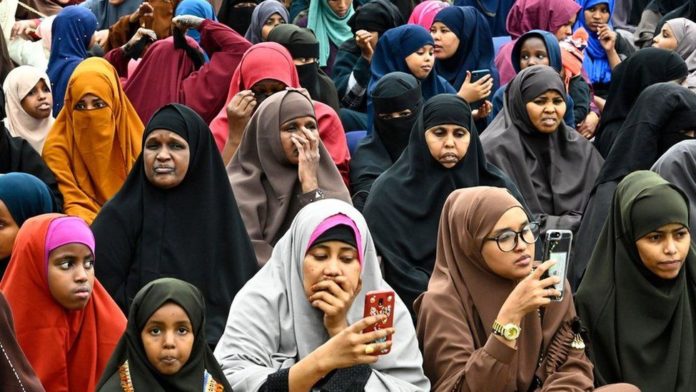
A GSMA study has revealed a slowdown in the number of women accessing mobile internet in low- and middle-income countries (LMICs), contrasting with enduring high growth rates for men.
The company’s annual Mobile Gender Gap Report 2022 on digital inclusion showed 59 million additional women started using mobile internet in LMICs during 2021 compared with 110 million in 2020.
Previously, the report showed an annual decrease in the mobile internet gender gap, from 25 per cent in 2017 to 15 per cent in 2020. However, the latest findings suggest women are now 16 per cent less likely than men to use mobile internet, representing the first time GSMA has recorded such a downturn.
The digital gender divide seems to have worsened in South Asia, a region which traditionally had the most pronounced mobile internet gender gap, with a reduction from 67 per cent in 2017 to 36 per cent in 2020 reversed in 2021 when the gap stood at 41 per cent.
The GSMA’s research suggests mobile is the primary means for women to access the internet in LMICs. The findings come at a time following the Covid-19 (coronavirus) pandemic, when the role of mobile in staying connected, and accessing health information, government support and income-generating opportunities was heightened.
GSMA director general Mats Granryd warned “far more needs to be done to prevent women being left behind in the digital economy.”
“Institutions, corporations and governments around the world need to focus on the importance of inclusion, and actively seek to combat such inequalities,” he added.










